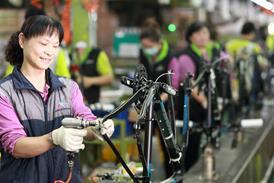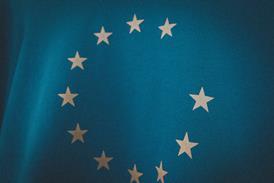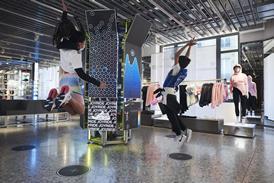In 2016, VF Corp. presented its “Made for Change” sustainability and corporate responsibility strategy, which describes the company’s approach to balancing growth, value creation and innovation – as well as its commitment to lead the entire industry into a more sustainable future.
The most recent edition of the report, published in early December and covering 2018, focuses on circular business models to reduce VF’s environmental footprint, outlining the ways in which VF could leverage its size to cushion the blow to itself and the industry while enabling its brands to promote sustainable and active lifestyles.
The report announces “science-based” targets (SBTs) for reducing greenhouse gas emissions to meet the goals of the Paris Climate Accords. These were developed over two years with the Carbon Trust, taking into account VF’s 1,400 plants, distribution centers and global logistic centers, as well as more than 100 Tier 1 and Tier 2 suppliers. The goal is to reduce Scope 1 and 2 greenhouse gas emissions by 55 percent and Scope 3 greenhouse gas emissions by 30 percent from 2017 to 2030.
The report also affirms the company’s commitment to ensuring that 100 percent of nine materials that account for about 90 percent of its materials-related carbon emissions will come from regenerative, renewable or recycled sources. It plans to reduce the average environmental impact of key materials by 35 percent by 2025 and ensure that all leather is sourced from factories certified by the Leather Working Group by 2021.
In the report, VF points out that it has already made measurable progress against its former targets. Half of its distribution centers around the world are zero-waste facilities, it noted, and 16 of its own buildings are LEED-certified. The group has also improved the livelihood of workers in eight emerging countries through its Worker and Community Development Program.
The parent company of The North Face, Timberland, Icebreaker, Smartwool, Napapijri, Altra, Vans, Eastpak and Eagle Creek owns 19 production facilities that make 1.5 million units of clothing and footwear every day and employ over 50,000 people worldwide.










